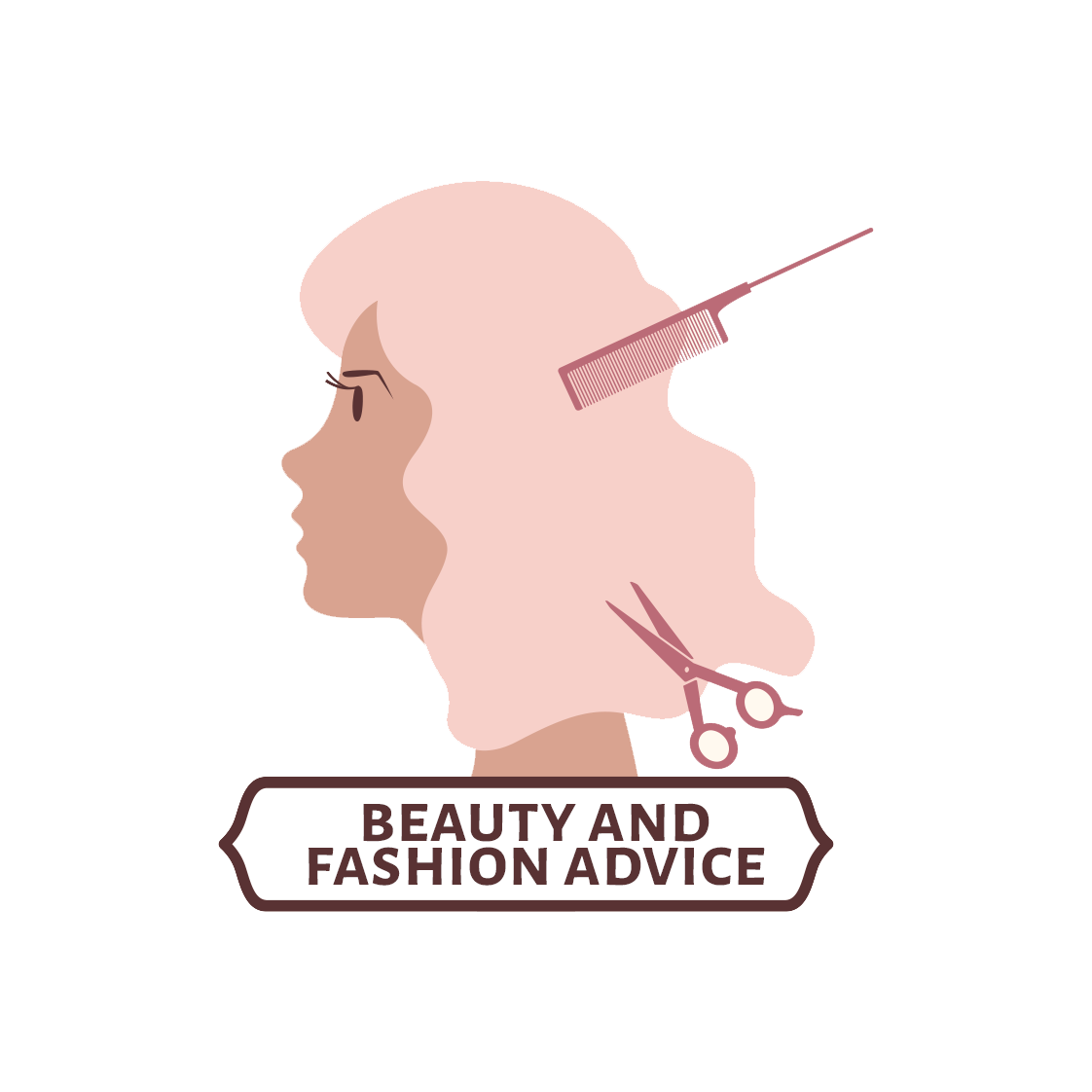Recently, in the name of research, I found myself on a waterbed for the first time since elementary school. I put on a set of headphones, and the bed began to pulse in sync with the hypnotic, repetitive sounds blasting into my ears. My entire body was vibrating like the floor of a nightclub.
As the tones began to vary, my mind went elsewhere, everywhere, nowhere. When I awoke 40 blissful minutes later, I certainly felt like my molecules had been rearranged. “A spa treatment for your DNA” is the tagline for Quantum Clinic, a year-old wellness center in Los Angeles’s Frogtown neighborhood. The minimalist space may look like a Scandinavian luxury spa, but there are no mani-pedis here: Instead, they offer sound- and vibration-based experiences they call “frequency therapy”—treatments that purport to start at the subatomic level.
Sound waves like the ones I experienced, and their electromagnetic counterparts, are increasingly being touted in the alternative wellness world as restoratives for body, mind, and spirit. While many influencers and entrepreneurs are making claims that mainstream science hasn’t yet backed, the proposition is intriguing: Change your vibe, change your life.
The premise builds off the idea that certain frequencies (speeds measured in wave cycles per second, or hertz) of sound, light, or electromagnetic energy may be biologically beneficial. “Frequency-specific microcurrent therapy,” for example, says Adrian Jacques H. Ambrose, MD, MPH, MBA, a chief clinical integration officer in the department of psychiatry at Columbia University, “is a type of treatment that uses low-level electrical currents to stimulate healing in the body. It is based on the principle that different frequencies of electrical current can have specific effects on various tissues and conditions.” However, Ambrose cautions, “there is a significant dearth of high-quality studies to verify the claims of these frequency therapies.” The research that has been done doesn’t apply to what places like Quantum Clinic are offering, and even scientists immersed in the field admit that it’s hard to explain why the reported effects occur. “People have been, for decades, finding electromagnetic fields that do stuff in biology,” says Clarice Aiello, PhD, a former UCLA biologist who now runs the quantum-biology nonprofit research organization QuBiT Lab. “There is very little mechanistic understanding of how those things play out.” Nevertheless, various types of waves—light, sound, and electromagnetic—are increasingly being utilized in mainstream medicine, from ultrasound therapy to laser surgery. There’s even a flexible, electromagnetic field (EMF)–emitting helmet used to treat brain tumors.
In the broader sense, this kind of treatment has been part of the alternative health playbook all along. Sound bathing, for example—the practice of listening to (and feeling) various tones—has migrated from fringe yoga studios to hotel spas, with research on singing bowls in particular supporting claims of diminished tension, anger, and fatigue.
Lately, the trend has trickled down to the direct-to-consumer gadgets and potions of Instagram, like one skin-care brand, BioQuantum, that purports to contain “specific frequencies that activate the DNA.” Why stop at forehead wrinkles when you might rouse the third eye behind them? A whistle pendant called the LoveTuner claims to allow the wearer to blow a tone at 528 hertz, known in New Age parlance as the frequency of love. (The necklace, which sounds like a one-note harmonica, was purloined by my six-year-old before I had the chance to spend much time with it, though perhaps that incident validates its premise.)















